Religious art has never been just about beauty. It has always meant more—a reflection of belief, a window into a civilisation’s soul, and a storyteller of humanity’s most intimate relationship with the divine. From frescoed ceilings in ancient temples to digitally rendered visions of deities on our screens today, religious art carries with it the echoes of centuries. As the world has evolved, so has the way we represent and relate to the sacred.
At Mojarto, where culture meets creativity, we invite you to explore this profound transformation — how sacred imagery, once strictly bound by theological rules, has opened itself to reinterpretation, cultural fusion, and bold reinvention.
The Early Pulse of Devotion: Where It All Began
To understand religious art today, we must look back to where it all started — in caves, stone walls, and handmade shrines. Across civilisations — whether it was the early Christian catacombs, the Egyptian temples of the Nile, or the rock-cut Ajanta caves of India — sacred art began as a form of reverence and ritual. These weren’t mere decorations. They were living, breathing embodiments of gods, cosmic forces, and moral ideals.
In ancient India, religious murals and sculptures were an extension of spiritual philosophy. The deities carved into temple walls were designed with specific symbolic proportions, gestures (mudras), and attributes. These visuals were a kind of visual scripture, meant to guide worshippers into meditative contemplation or moral clarity.
And yet, even at this early stage, culture began leaving its imprint. The Shiva Nataraja of South India—the cosmic dancer encircled by flames—wasn’t just a symbol of destruction and rebirth. It was also a reflection of Tamil devotional poetry and regional aesthetics. Sacred, yes, but also deeply local.
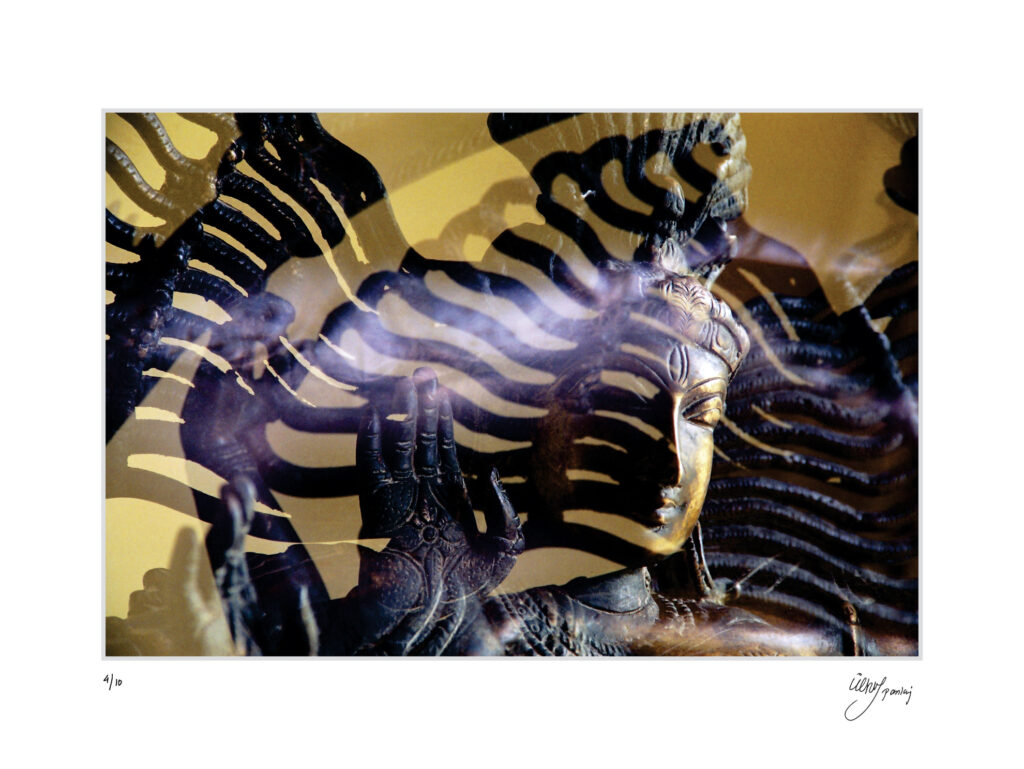
Icons, Idols, and Identity: A Changing Relationship with the Divine
By the Middle Ages, religious art had become dominant in shaping identity and belief, especially in regions like Europe and the Middle East. In Eastern Orthodox Christianity, icons weren’t merely representations; they were believed to be infused with divine presence. Worshippers didn’t just look at them—they prayed through them.
But with power came contention. In the Byzantine Empire, debates over iconoclasm—whether or not veneration of images was heretical—led to violent upheavals. Churches were stripped of paintings, icons destroyed, and artists forced into hiding. Here, art wasn’t just a tool of faith—it was a political statement. What should God look like? And who had the right to decide?
This battle between the sacred and the human — between divine abstraction and visual representation — has continued for centuries. And it still whispers beneath the surface of modern religious art.
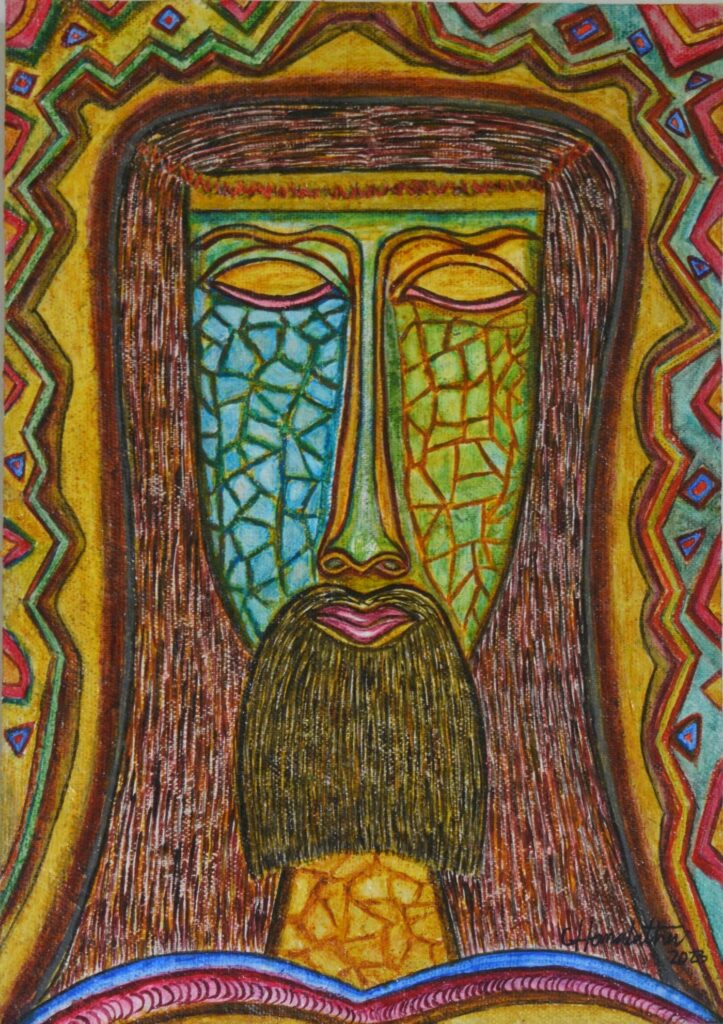
When Cultures Collide: Sacred Art in the Age of Exchange
One of the most fascinating chapters in religious art is what happened when empires expanded, and with them, faiths migrated. Missionaries, merchants, and colonisers carried their beliefs and artistic styles across oceans and borders. But what came back was rarely a simple export. Instead, something beautiful happened: sacred art began to adapt.
In India, the arrival of European Christian missionaries during the colonial period led to the birth of what’s now known as Indo-Christian art. Look closely at some 18th-century church altarpieces in Goa or Kerala, and you’ll notice something curious. The Madonna wears a sari. The angels have features resembling local communities. The art speaks Latin, but dreams in Malayalam.
A similar fusion occurred in Latin America. Indigenous artists began incorporating Christian iconography into their native styles. Christ was painted with the feathers of an Aztec god. The Virgin Mary stood atop Incan mountains. This wasn’t sacrilege — it was survival. It was how art served as a bridge between old and imposed beliefs, giving both new meaning.
Sacredness in Flux: Modern Artists Reimagine the Divine
Fast-forward to the 20th and 21st centuries, and religious art no longer lives just in temples and churches. It’s on gallery walls, in street murals, even inside VR headsets. Artists today are not bound by orthodoxy — they’re free to question, reinterpret, and sometimes even challenge the sacred. And that’s precisely what makes modern religious art so compelling.
Take Tyeb Mehta, one of India’s iconic modernists. His abstract representations of Kali and Mahishasura weren’t devotional in the traditional sense, but they pulsed with the raw, philosophical tension of good and evil. Or consider M.F. Husain, whose reimaginings of Indian gods sparked both admiration and outrage. Love or hate him, his work asked bold questions about faith, nationhood, and identity.
Globally, artists like Bill Viola (USA) have used video installations to evoke spiritual transformation, mortality, and grace themes. His work “The Reflecting Pool” is less about a specific religion and more about the metaphysical — and yet, it moves viewers in deeply spiritual ways.
This is the crux of contemporary sacred art. It doesn’t always ask you to believe — but it does ask you to feel. To reflect. To wrestle with the eternal questions: Why are we here? Who are we?
The Digital Revolution: Faith Enters the Cloud
Today, you don’t need to visit a cathedral to experience sacred art. You can scroll past it on your phone. Digital religious art — from NFT icons to Instagram mosaics — is a booming trend, especially among younger creators who straddle the worlds of tradition and tech.
What used to be sacred and static is now dynamic and shareable. Artists from all corners of the world are remixing spiritual iconography with memes, typography, AI tools, and even animation. While some see this as trivialization, others see it as evolution—a way for the sacred to stay alive in the age of reels and retweets.
At Mojarto, this is a sign that sacred art is not dying. It’s adapting. And that adaptability is precisely what makes it eternal.
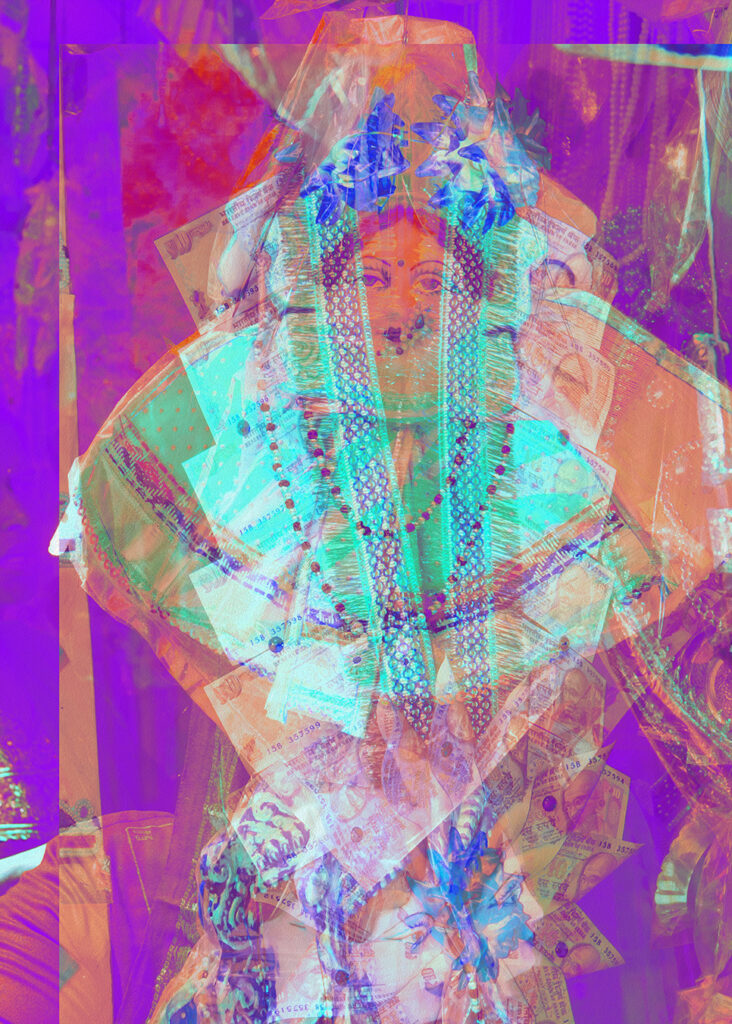
Why It Matters: Cultural Memory and the Role of Sacred Art Today
Religious art isn’t just about gods and goddesses. It’s about people — their hopes, fears, rituals, and revolutions. It’s how societies remember who they are and what they believe in. Even for those who don’t identify with a particular religion, sacred art offers a window into cultural memory.
For instance, the vibrant visuals of folk traditions like Pattachitra, Madhubani, and Warli often depict religious themes in India. Yet, they are also social commentaries. They tell us how communities see the cosmos, nature, gender roles, and everyday life.
We’re not just engaging with faith when we preserve, collect, or reinterpret sacred art. We’re protecting a living history. And in times of crisis or conflict, these visual anchors can become powerful sources of comfort, resistance, or collective healing.
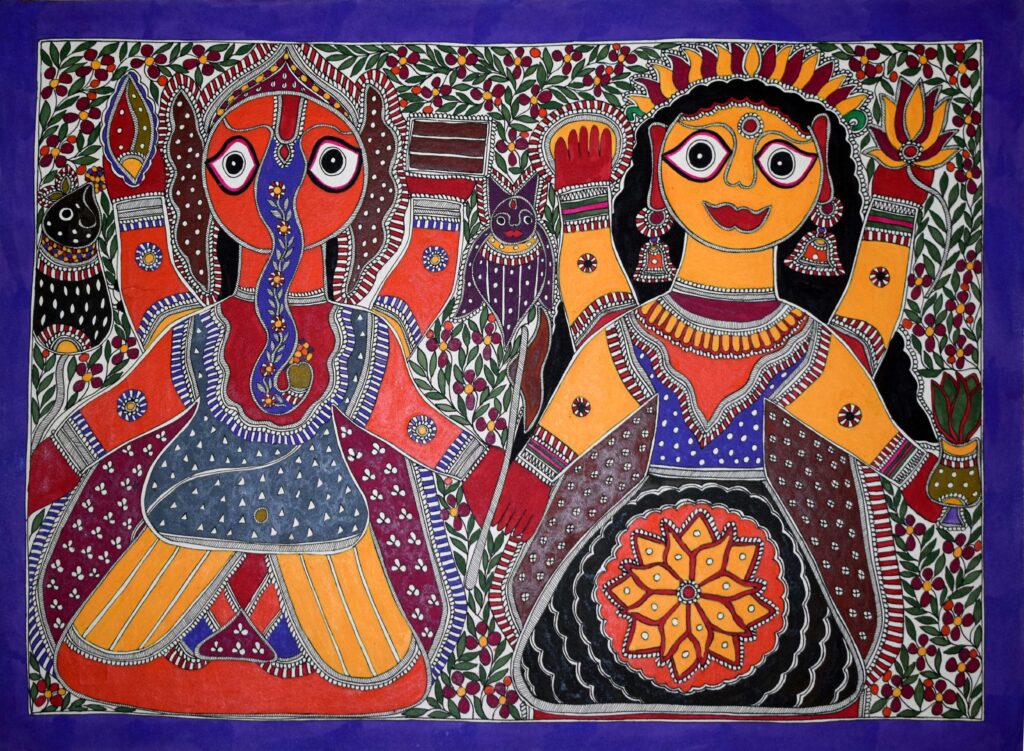
Mojarto’s Commitment: Curating the Spiritual in All Its Forms
At Mojarto, we understand that religious art isn’t one thing. It can be ancient or avant-garde, solemn or subversive, regional or global. What ties it all together is its emotional and philosophical depth.
Our curated collection features works from artists who explore the sacred in all its dimensions. Some paint the divine with classical brushwork, echoing temple murals. Others break all boundaries — using surrealism, abstraction, or mixed media to capture what can’t be said in words.
Whether you’re a collector seeking rare devotional pieces or a curious explorer of cultural identity, our platform brings you closer to art that moves not just the eyes but the spirit.
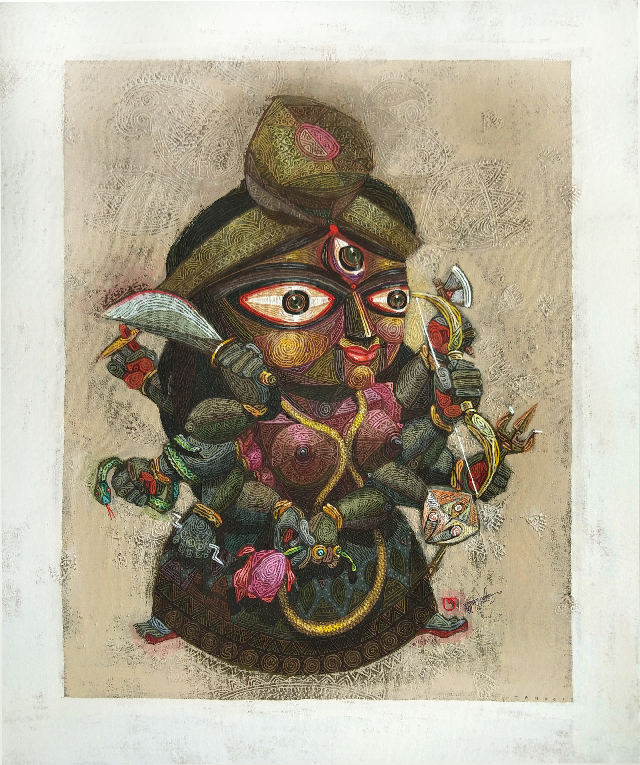
Final Thoughts: The Sacred Is Not Static
Religious art isn’t stuck in the past—it never was. It’s constantly reinventing itself, shaped by migration, politics, personal stories, and, yes, even social media algorithms.
From stone-carved deities to digital interpretations of nirvana, every piece tells us something about where we’ve been — and where we’re going.
So next time you stand before a painting of Krishna, a neon-lit cross, or a virtual Ganesha made of code, ask yourself not just “what does this mean?” but “what does this say about us—right now, in this moment?”
Because at its heart, sacred art is not about fixed dogmas. It’s about evolving truths. And those truths stay alive through art, not in temples or galleries alone, but in our hearts.
If you’re ready to discover artwork that blends the spiritual with the contemporary, explore Mojarto’s curated collections today — and find a piece that speaks to your space and soul.